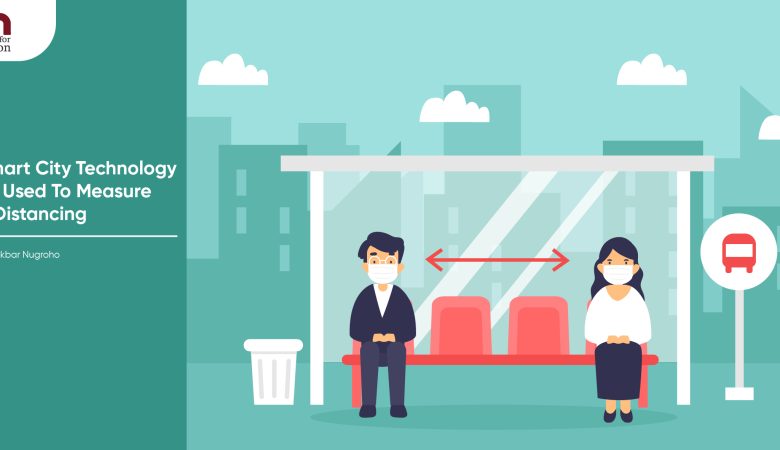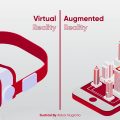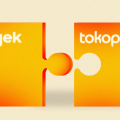In relation to innovations that help to cope with the COVID19 pandemic, the best practices of several smart cities become an important input to organize and create strategies for future cities. This research aims to identify the responses of cities to the COVID19 pandemic; analyze their innovation in tackling the COVID19 pandemic, and create strategies and planning for the future of the cities.
This study analyzes aspects such as the use of information and communication technology (ICT), smart city implementation, the biological disaster of the COVID19 pandemic, the environment, and spatial plans. This research was carried out in five smart cities using a case study. The results indicated that each case had innovations for coping with the COVID19 pandemic.
They showed uniqueness and local innovations adapted to the problems faced in the five case areas. The innovations were demonstrated by the use of ICT-based applications in several public services as part of smart city implementation. The concept of a smart city, which addresses the biological disaster of the COVID19 pandemic through the existence of ship-based isolation centers and socio-technical innovations, was then adapted in various cities throughout Indonesia.
In terms of the smart environment concept, this is translated through technological and social innovation approaches to improve medical and domestic waste management, public service systems, and the socialization of environmental protection programs in cities during the pandemic.
The COVID19 pandemic is allegedly accelerating the implementation of the smart city concept in spatial planning. There is a tendency for the use of public space in the city center to shift to local scale service centers. Additionally, other activities are increasingly occupying the digital space so that it affects the arrangement of spatial organization and increases the need for ICT infrastructure.
The efficient and flexible use of applications for supporting the implementation of smart cities needs to be broadened for the public services provided by both the government and private sectors.
Researchers have used smart city technology to reveal how social distancing has changed people and vehicle movement in a city. To understand if social distancing measures aimed at slowing the spread of COVID19 are effective, we need to assess how far they are being followed, explained Professor Phil James and Dr. Ronnie Das from Newcastle University in an article for The Conversation.
The Newcastle University Urban Observatory was founded to better understand the dynamics of urban movement. Use thousands of sensors and data-sharing contracts to monitor city movements, from traffic and pedestrian flows to traffic jams, parking occupancy, and bus GPS trackers. It also monitors energy usage, air quality, climate, and other variables.
A team at Newcastle University Urban Observatory used deep learning algorithms to analyze over 1.8 billion individual observation datasets and other data sources, focusing on the impact of social distance.
They discovered that:
- Newcastle pedestrian movements decreased by 95% compared to the annual average. This shows that people are strictly following government guidelines. However, the greatest reduction in frequency occurred after the introduction of strict regulations on March 23.
- In terms of vehicle movement, at the beginning of the first week of the blockade, traffic volume declined at a much slower rate, reaching an annual average of about 50%. The researchers said this could be due to people switching to cars instead of public transport.
Smart Cities are responsible for implementing technologies that support Covid 19's pandemic and subsequent urban life. More than ever, true intelligence needs to address the broader health impacts of shared urban spaces. Especially densely populated cities tend to suffer from the effects of Covid 19 more than rural areas.
Undoubtedly, the pandemic has revealed certain weaknesses in the existing urban environment, urban space, and demographics. This is very obvious in unprepared urban infrastructure systems. Traditional public space design creates inequality, and such space design meets the needs of the commercialized urban context, enabling public gatherings and private/commercial access. The sudden changes in behavior required in cities mean that intelligent solutions are also needed for the health and well-being of city dwellers. This paper examines the impact in the urban environments for London, Manchester, Newcastle, and Live.
Expected results provide evidence-based scenarios of difficult urban space gamification technologies (eg, pathfinding, location, character-based) for streets, parks, and retail stores to support future policy changes. Smart cities use information and communication technology to streamline large-scale city operations. The technology ecosystem collects traffic, noise, air quality, energy consumption, and mobility data to make improved and sustainable decisions by authorities and businesses. Citizens can engage with the smart city in a number of ways.
Data authority and governance will be an important point of discussion in future Smart City development. The Urban Observatory is actively researching the governance of smart cities and applies an ethos of openness and transparency by publishing all the data in real-time.
Author: Diva Maharani | Illustrator: Akbar Nugroho





